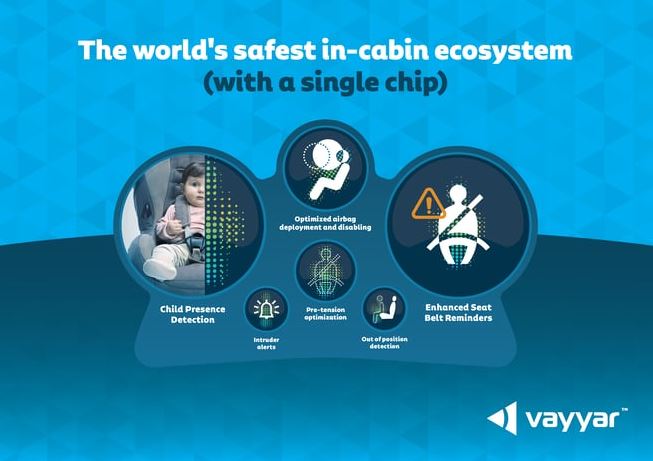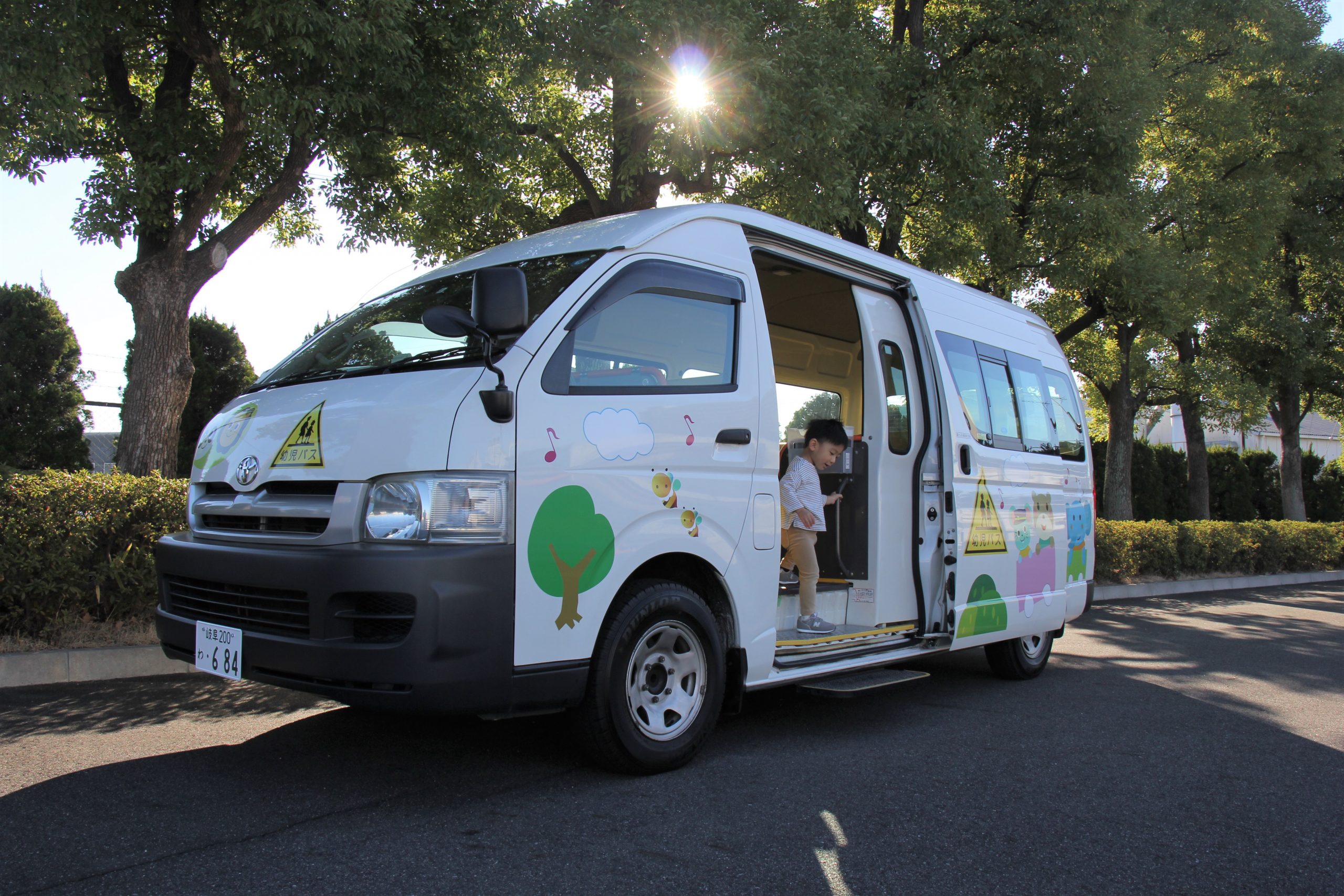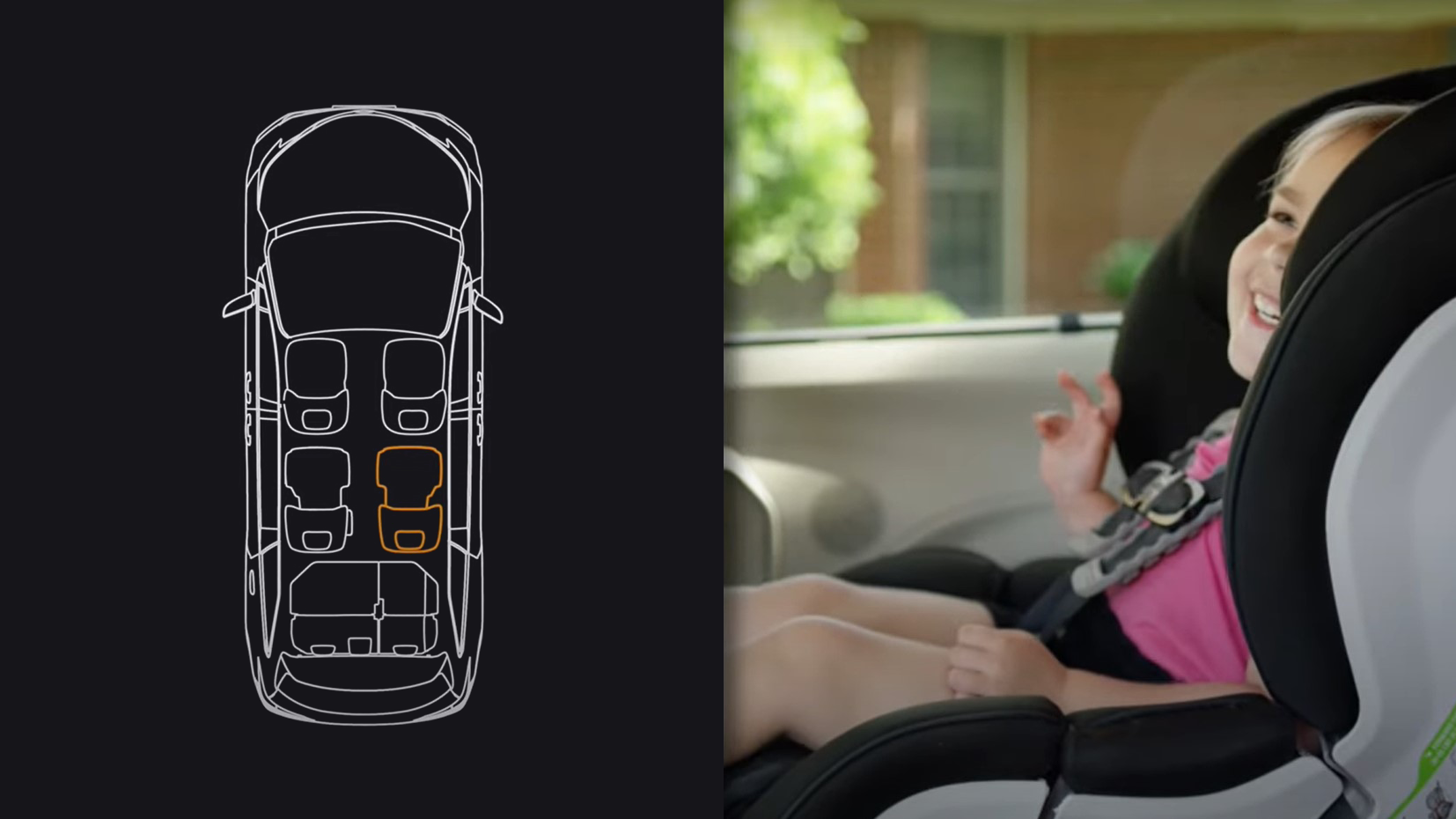Main Menu
Posted by Ian Podkamien
February 26, 2021Why Vehicles Need Advanced In-Cabin Sensing More Than Ever

Core in-cabin safety features have saved hundreds of thousands of lives but have also been responsible for countless severe injuries. Solving the problem requires in-cabin sensing that enables smarter – as well as swifter – reactions.
From airbag impact injuries suffered by short-stature drivers who sit closer to the steering wheel to internal injuries attributed to “seat belt syndrome,” the mission of protecting life within the cabin still has a long way to go. Apart from incremental improvements such as depowered airbags, the space has remained largely unchanged for decades. Motorists and their passengers deserve a higher standard of safety.
And while the vehicle cabin is expected to be a protective sanctuary, thousands of children worldwide have also perished from vehicular heatstroke inside the cabin. As part of a global drive to prevent ‘hot car’ incidents, Child Presence Detection (CPD) will be scored by Euro NCAP from 2023. Legislative bodies worldwide are also developing regulations to combat these tragedies.
The need for new in-cabin sensing tech
Unfortunately, low-end CPD solutions are not supported by reliable, real-time data about occupants. Some do not facilitate direct sensing, cover only the 2nd row of the vehicle, and trigger numerous false alarms, running the risk of drivers ignoring alerts in times of emergency. Low-end CPD solutions award automakers just 0.5-1.5 out of 4 possible points in this Euro NCAP category.
Comprehensive CPD solutions, worth 3-4 Euro NCAP points, are based on direct sensing. Supported by rich and high-resolution data, they are able to count the number of occupants in a vehicle, distinguish between adults and children (including infants), prevent false alarms, and allow escalated intervention from the car.
But enhancing safety usually means more sensors, increasing complexity and pushing up costs. With up to 200 sensors per car, electronics make up over 35% of overall vehicle cost, a percentage expected to rise to 50% by 2030.
Another key concern
Privacy, meanwhile, is an increasingly important concern across the automotive industry, which most high-resolution safety solutions, such as cameras and infrared sensors, cannot ensure.
But one technology that’s leading the way in the ADAS field is also enabling automakers to redefine the in-car ecosystem, reliably addressing the most challenging safety demands.
The solution: an in-cabin multifunction sensor platform
Vayyar’s 4D imaging radar in-car solution overcomes the twin challenges of complexity and cost head-on, while maintaining privacy at all times. By delivering multifunctionality with a single-chip platform, it simultaneously supports numerous existing and emerging safety applications, creating a significantly safer, holistic in-cabin environment.
This pioneering approach allows automakers not only to reduce the number of sensors required for each application but also to support multiple features with one sensor. It reduces complexity and cuts costs, making gold standard safety attainable for all car models.
Fewer in-cabin sensors, reduced complexity and lower costs
On the application level, Vayyar’s in-car platform offers a 4D point-cloud that supports multiple safety functions with one sensor. The same sensor includes an application-ready CPD + Seatbelt Reminder (SBR) combo for 2023 Euro NCAP safety requirements. Available now, this new in-cabin tech provides a previously unattainable standard of safety at a comparable price-point to alternative single-function radar sensors.
Vayyar’s affordable solution avoids commonly occurring false positives across both CPD and SBR thanks to its high-resolution point cloud data.
It replaces all weight sensors required by legacy SBR systems, covering three rows and detecting and classifying up to eight occupants simultaneously. The in-cabin multifunctional sensor also provides exceptionally precise CPD, classifying children and adults, and operating effectively in all lighting conditions without requiring line of sight. Vayyar’s solution can even detect a baby in a car seat sleeping under a blanket in a dark vehicle, or a child in a footwell.
Crucial in-cabin applications
The platform’s data output also supports independent development of applications by OEMs and Tier 1s, with a simple-to-use 4D point cloud API. This enables partners to focus on image processing and/or machine learning, without the need for additional resources to develop low-level RF/Radar algo. These applications include:
- Optimized airbag deployment and dynamic disabling: identifying the dimensions and positions of each occupant and adjusting the level of inflation accordingly; injuries caused by a front-seat passenger having their feet up on the dashboard can also be avoided by the sensor’s Out-of-Position (OOP) detection capability.
- Pretensioner optimization: in the event of a collision, the in-cabin sensing data enables the reduction of forward force while minimizing the amount of pressure on the occupant’s chest through enhanced load limiter functioning.
- eCall support: to alert emergency services after an accident, providing valuable data about occupant status.
- Intruder detection: sensing the movement of potentially hostile actors around the perimeter of the vehicle.
- Future applications: supporting both emerging Euro NCAP standards and comfort features, upgradable via SW development, eliminating the need for additional sensors.
Underpinning this groundbreaking approach is leading-edge technology that’s making waves across the industry.
Transformative in-cabin sensing
With multifunctionality on a single-chip platform, Vayyar’s automotive-grade, (AEC-Q100 qualified and ASIL-B compliant) sensor provides all the data needed for advanced in-cabin sensing safety applications. Powered by a high-performance Radar-on-Chip (RoC), it detects, computes, processes, maps, and images multiple targets in real time.
The RoC supports a uniquely large MiMo (multiple input multiple output) array of up to 48 antennas that delivers high-resolution data as proprietary 4D point cloud VOXEL imaging and offers an ultra-wide field of view.
It makes uncompromising safety available and affordable for all vehicle models, covering both new and existing criteria such as CPD, SBR, dynamic airbag disabling and eCall. Vayyar’s platform enables vehicles to earn the maximum number of in-car Euro NCAP points for high safety ratings.
Vayyar paves the way for new in-cabin automotive tech
In recognition of the unique capabilities of its 4D Imaging RoC technology, Vayyar received the CLEPA SME Safety Innovation Award for 2020 and was also honored at the 2021 CES Innovation Awards.
As the auto industry shifts gear to provide the highest level of protection, multifunctionality on a single-chip platform is the key to revolutionizing in-cabin sensing. By supporting multiple applications with just one sensor, automakers can now deliver enhanced safety with less sensors, cutting complexity and minimizing costs.
The Post URL was successfully copied to your clipboard
Read more on #automotive

Putting a Stop to Frontover Deaths
Read more
Aisin and Vayyar Join Forces to Prevent Vehicular Heatstroke Tragedies in Japanese Kindergarten Buses
Read more
The New Occupant Protection Technology Making Vehicle Cabins Safer
Read more




